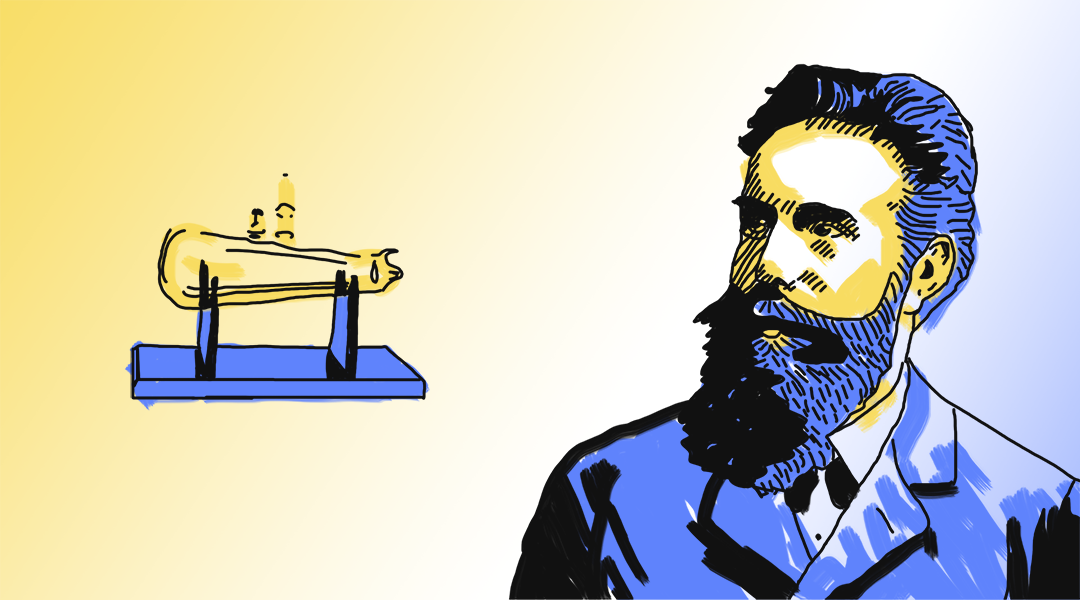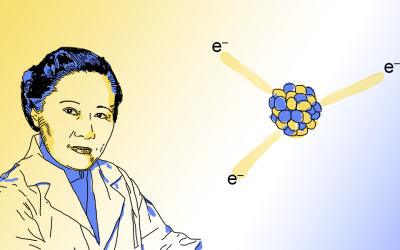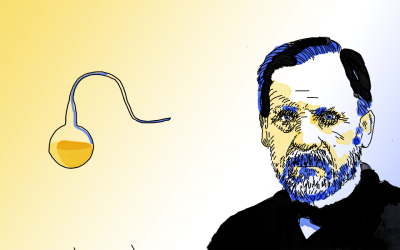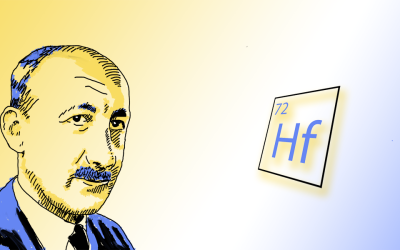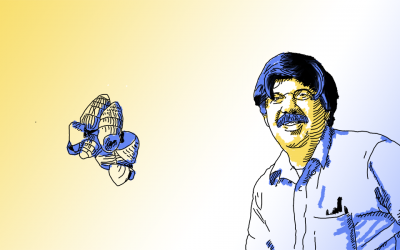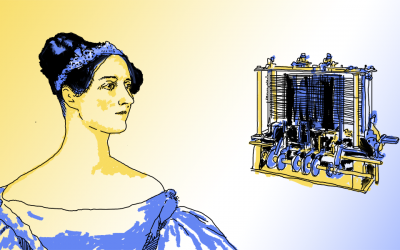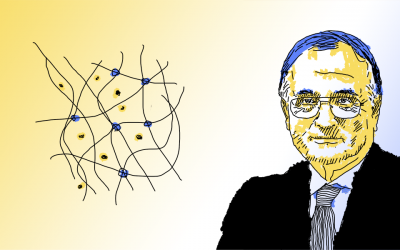Illustration: Kieran O’Brien
There are several factors which inspire the pursuit of knowledge. For Wilhelm Conrad Röntgen, it was curiosity that led to a revolutionary discovery that earned him the Nobel prize in Physics in 1901 for his detection of X-rays.
Rontgen was born on March 27, 1845 in Lennep, Germany as the only child of a merchant and cloth manufacturer. At a young age, Röntgen and his family moved to the Netherlands where his mother, who was of Dutch origin, had relatives. In 1862, he entered the Ultrecht Technical School and attended until 1865 when he was expelled for a prank supposedly committed by another student.
Without a diploma, Röntgen was unable to enroll in university. Fortunately, he uncovered that entrance into the Federal Polytechnic Institute in Zurich (today known as ETH Zurich) could be secured by passing its entrance examination. Taking advantage of this opportunity, he began his studies there as a student of mechanical engineering. During this time, his development was greatly influenced by physicists like Rudolf Clausius and August Kundt. In 1869, he graduated with a Ph.D. in experimental physics from the University of Zurich and was appointed assistant to Kundt.
The next several years were characterized by movement between various academic appointments. Röntgen became a professor of physics at the University of Strasbourg (1876-79), Giessen (1879-88), and Würzburg (1888-1900), but finally settled down in Munich (1900-20). Throughout his career, he investigated the specific heats of gases, thermal conductivity of crystals, the absorption of heat by gases, elasticity, capillary action of fluids, and piezoelectricity.
Of course, it was his discovery of a new type of electromagnetic radiation that led to his international acclaim. In 1895, in his laboratory at the University of Würzburg, Röntgen noticed the fluorescence of a barium platinocyanide screen near a cathode-ray tube, which had been subjected to an electrical discharge. He speculated that invisible rays originating from the tube (which he called “X-rays” to designate their uncertain nature) were causing the observed glow. In order to understand the origin of the rays and their effects, Röntgen spent several weeks in solitude, carefully planning and executing experiments. Importantly, he found that these rays could pass through most matter, including flesh, but that shadows of material, which were impenetrable, could be recorded on photographic plates. One of the earliest radiographs recorded was a film of the hand of Röntgen’s wife, Anna Bertha Ludwig, which showed the shadows generated by her bones and the ring on her finger.
Röntgen’s report titled “On a New Kind of Rays” was published on December 28, 1895 and was quickly embraced by the medical community, with clinical applications appearing as early as February of 1896. The discovery was acknowledged with various medals and honorary degrees, ultimately earning Röntgen a Nobel prize, which he donated to the university. To ensure that the world could freely benefit from this discovery, he never took out a patent.
Today, Röntgen is broadly acknowledged as an exceptional experimentalist who did not seek praise or financial compensation for his work. He is considered the father of diagnostic radiology, a medical field which diagnoses disease through imaging.
Curiosity has undoubtedly played an important role in guiding scientific endeavors throughout history and Röntgen’s achievements represent no exception. In fact, he was not the first person to observe that certain rays made other materials glow, but what ultimately made the difference was his desire to uncover the mystery presented before him: “I didn’t think, I investigated.”
Read more Pioneers in Science stories here.

